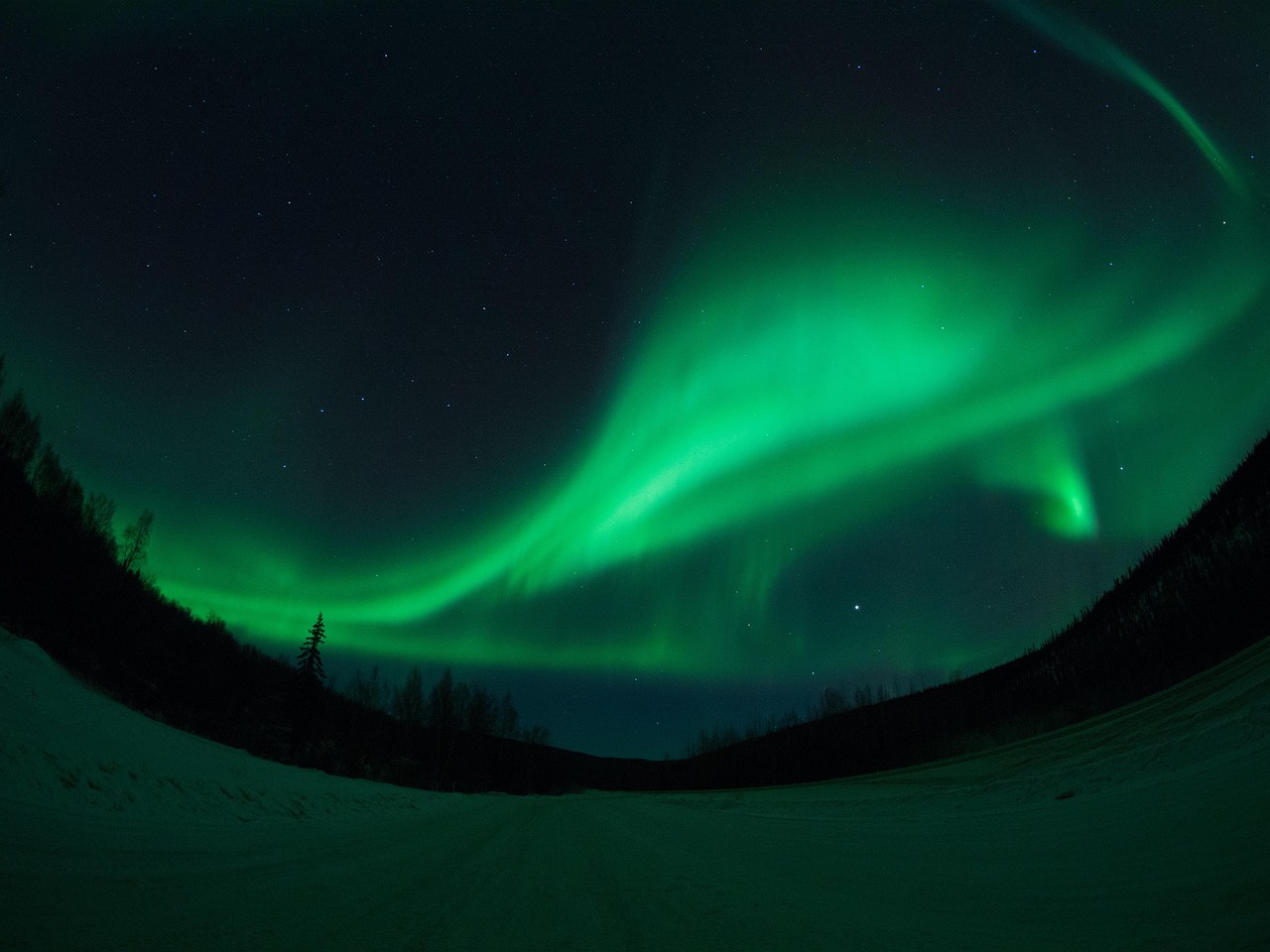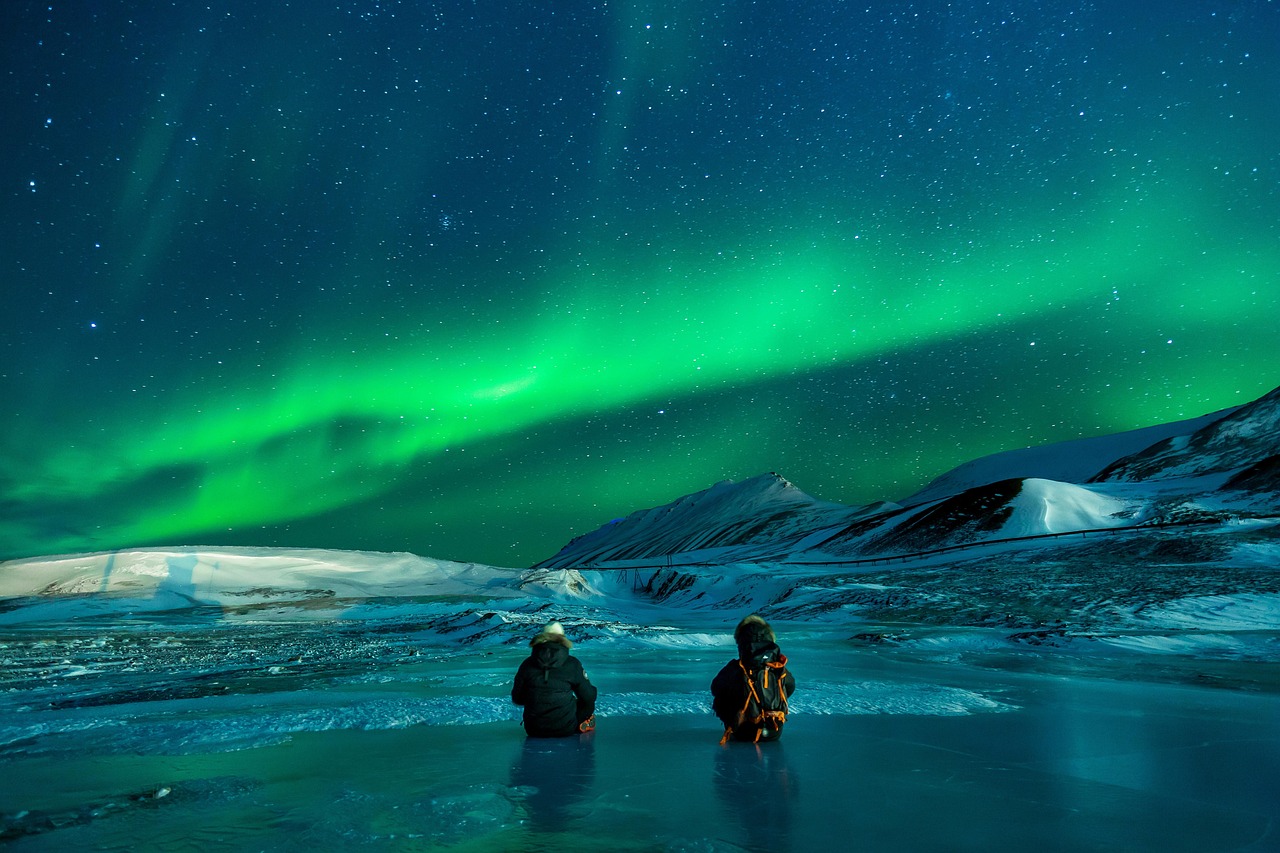If you are looking for a spectacular sky from Fairbanks, Alaska, you picked the perfect year to look up. While Fairbanks has always been a premier destination for aurora hunters, 2025 is different. We are currently in the peak of the “Solar Maximum”—an 11-year cycle where solar activity intensifies—turning the sub-arctic sky into a canvas of rare and violent beauty.
Whether you are a photographer or a bucket-list traveler, here is what you can expect from the Fairbanks sky this season and why this year is historic.
1. The Return of the Red Aurora
Usually, the Northern Lights (Aurora Borealis) appear as a ghostly green glow. However, recent reports from late 2025 indicate a surge in red auroras. These occur at higher altitudes (above 150 miles) and are caused by excited oxygen atoms.
-
Why it’s happening: Intense solar storms are pushing auroral activity further south and higher into the atmosphere.
-
What to look for: A deep crimson or violet wash across the sky, often mixing with the traditional neon greens.
2. Light Pillars: The “Sci-Fi” Phenomenon
On the coldest nights in Fairbanks—when temperatures drop well below zero—the sky often displays vertical columns of light shooting up from the ground. These are called Light Pillars.
-
The Science: Hexagonal ice crystals drift slowly through the frozen air, acting like tiny mirrors that reflect city lights or moonlight upwards.
-
Visual: It looks like a scene from a science fiction movie, with beams of light standing perfectly still against the dark horizon.
3. The “Alpenglow” of the Polar Night
In late November and December, the sun in Fairbanks barely rises above the horizon, skimming it for just a few hours. This creates a sunset that lasts for hours, known as permanent Alpenglow.
-
The Effect: The snowy landscape is bathed in soft pinks, oranges, and purples for much of the day (roughly 11:00 AM to 2:00 PM), creating perfect lighting conditions for photographers without the harsh shadows of midday sun.

Best Time to Watch
To witness this spectacular sky, timing is everything.
-
For Auroras: 10:00 PM to 2:00 AM is the statistical “magnetic midnight” sweet spot.
-
For Light Pillars: Look for nights colder than -20°F (-29°C) with zero wind.
-
Current Forecast (Nov 2025): With the moon currently in a waxing crescent phase, the skies are dark enough for optimal viewing.
Pro Tip: Don’t just stay in the city. Drive 20 minutes out to Murphy Dome or Cleary Summit to escape light pollution and see the sky in its full, unpolluted glory.


